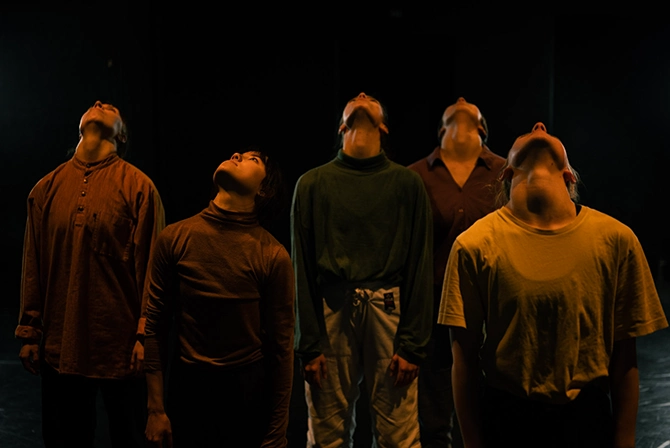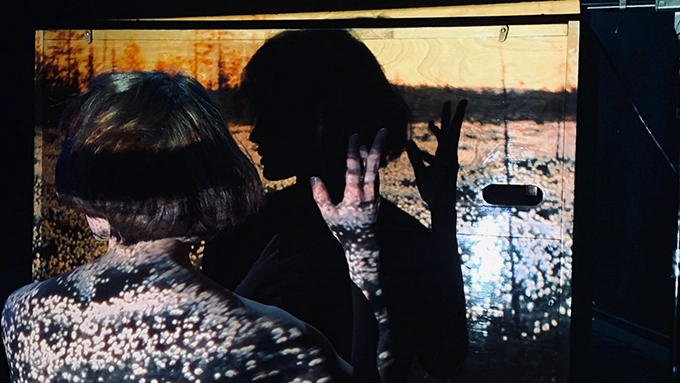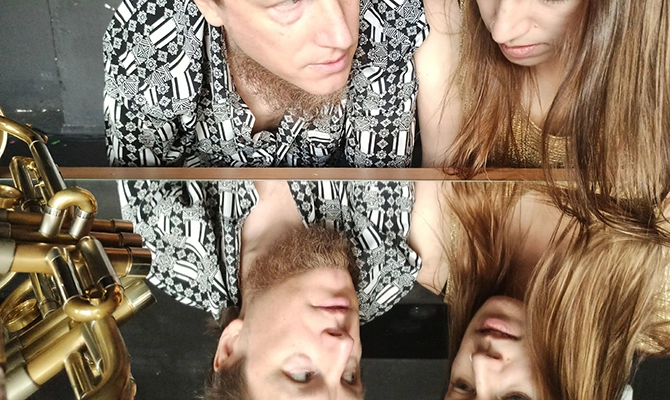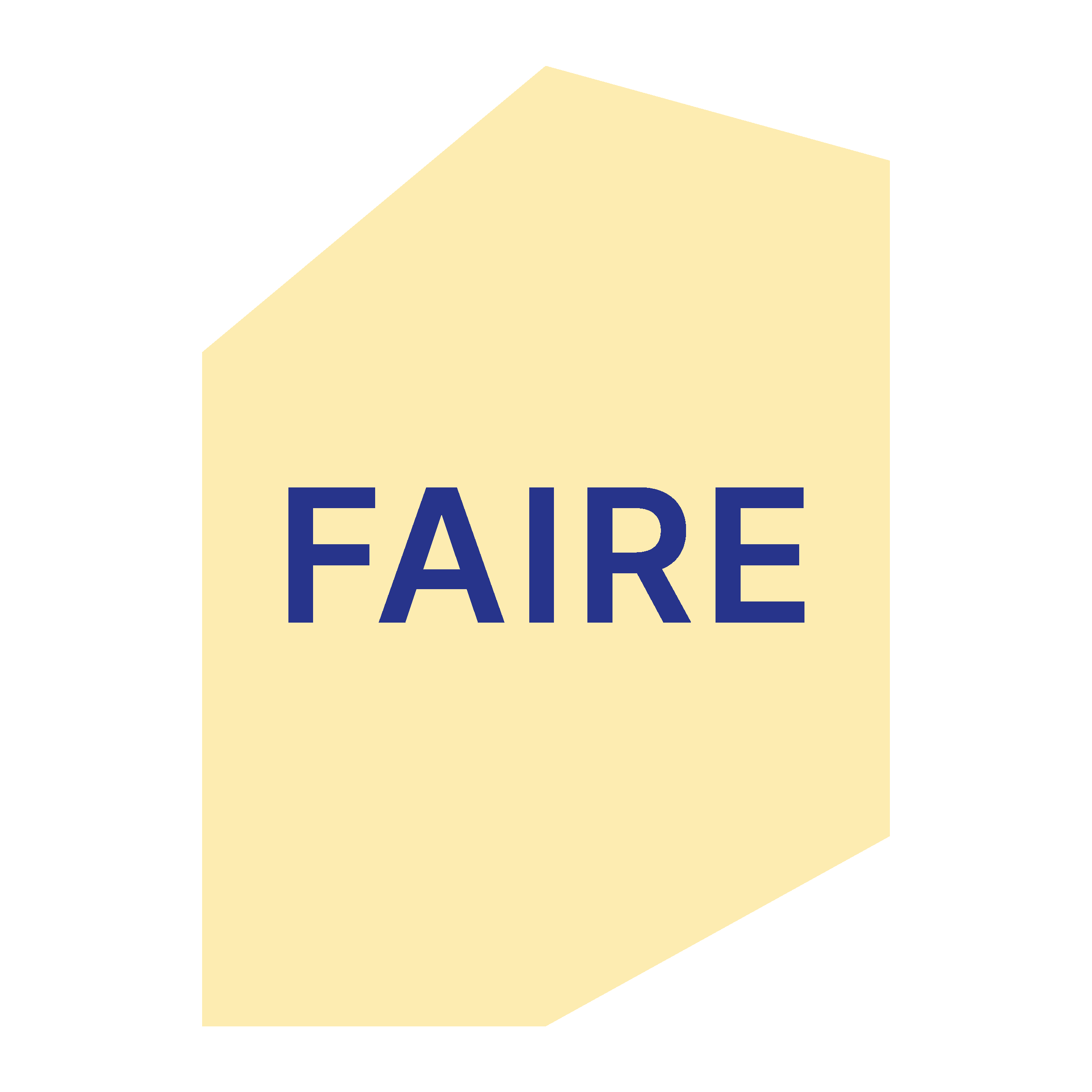27.6.2022
Interview: Vilma Pimenoff
The article is part of a series of interviews which presents various Finnish residency providers and examines the role of residencies in the field of art and in the society.

Routa Company is a professional dance production company operating in the Generaattori premises in the center of Kajaani. The residency program offers 1-3 week long residency periods for professional dancers and groups, as well as for final year students graduating from dance and choreography programmes. Routa offers a rehearsal space and accommodation in the center of Kajaani. The residency has an all-year-round application scheme with no specific deadline.
Routa Company’s artistic director Jouni Järvenpää says he understands the situation for graduating students, the time when one doesn’t yet have the connections in the professional world. The Routa student residency has been born out of the need to support young dance professionals: ”It is important to have an institution who can take the risk and offer space to let one get one’s foot in the door.”
Through the student residency Routa collaborates with dance schools, and it also collaborates with numerous local partners. As one of the special features of Kajaani, Järvenpää mentions the city’s relatively high number of cultural organizations, cultural actors, and professionals in the art field. ”It is easy to find interaction here, for example if the resident artist wants to organize a demo, we can surely find audience who themselves operate in the art world; in theatre, music, and fine arts.
Routa offers the resident 8-hour studio time per day from Monday to Friday, and there is no requirement to produce anything completed. In comparison to rehearsing for a specific project or working for theatre, the residency offers a possibility to work without pressure. Oftentimes residencies require a demo or a public event of some kind. Järvenpää says that those are indeed excellent tools, but stresses that artists work needs to happen out of his or her own interests and needs: ”I don’t think it’s good to try to fit anything extra in the residency time that is already limited. On the contrary, we should help enable unrestricted free creation.” Järvenpää underlines that it is possible to apply to the residency even if one didn’t have a specific project, or a performance coming up. It is important for an artist to be able take time for so called ground work, to maintain the energy that is humming inside each artist, so that one is prepared, for example, to produce a commissioned piece with a tight schedule. At Routa it is thought that the ability to work free from pressure to produce is important, and that in the heart of it lies the artists’ curiosity for what is the genuine interest for him or her. Time and space should be allowed for the artist to investigate this.

The residency applications are viewed with the focus on the individual’s practice. It is preferred that the practice is driven by artists’ personal interests, and that it is broadly thought of. Choreographic thinking and an active approach to improvisation are also seen as positive points. Järvenpää clarifies that there isn’t a list of keywords that should be in the application, but that every applicant is considered as an individual entity.
Järvenpää considers art as the most open and free form to act out one’s human curiosity. There aren’t predicted rules that would apply to art, and if there is, one doesn’t have to obey them. Making art is not the same as working in science, you cannot fail like you could in the science context.

The Routa residency acknowledges the value of collegial interaction. Depending on the artist’s preferences, this can be either artistic mentoring or conversational support, an outsider’s eye in the rehearsals, or just conversation around the current topic related to the practice. Another form of interaction that Routa offers is production support. Routa’s open-plan office is located in the same building with the rehearsal space, so meeting one another comes naturally.
One indisputable asset of working at a residency is the networking it offers. As well as Routa gets to know the resident artists, the artists also get to know Routa. The different artists passing through the residency also influence one another through their work and the trace each one leaves at the residency, and which the next resident artist senses.
Järvenpää says that he is happy to keep in contact with the resident artists also after the residency is over. It is interesting to follow how the artists and their projects advance.
When asked the question if there is something artistically new being born at the residency, Järvenpää answers that creating new art lies in the hands of the artists, and it cannot be steered from the outside. New things come from the artists themselves and manifest in their work.
Routa Company itself as a residency institution wishes to continue to develop as an organization who supports artistic freedom. One could think that it is also artistic freedom being able to determine one’s working hours. With this comes the danger to exhaust oneself with continuous work. “If these kind of topics can be discussed in the residency, then I believe something is moving in the right direction”, Järvenpää concludes.
More information: Routa Company Residency
